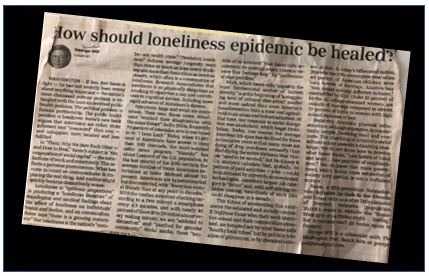Strategic plans include vision statements, mission statements, and values statements. These carefully chosen words provide strategic imperatives for any organization, no matter the type and the size.
It’s important to note that most organizations embarking on a strategic planning process do not need their vision overhauled. However, if your organization needs to redefine or sharpen its vision or mission statements, I highly recommend that vision discussions be conducted as a closing activity, not as a beginning activity during your strategic planning workshop, so that your planning team does not get bogged down (see my book Strategic Impact).
And at the end of the day, conduct this vision – mission session as a brainstorm activity.
How do vision and mission statements differ?
Vision Statement
Your company’ vision statement describes the aspirational future or horizon where the organization is headed.
In recent years, some organizations have combined an overarching “grand purpose statement” with vision statements, or created a separate and supplemental grand-of-all-grand statements to describe how the organization intends to profoundly impact the world.
For example, Apple’s vision is “We believe that we are on the face of the earth to make great products and that’s not changing.” This is a broad, aspirational statement of a futuristic and general nature and focused on world impact as well as aspirational future.
Mission Statement
Effective mission statements present what the organization does today and now, and in some cases, why and how the organization does it.
Apple’s mission is “to bringing the best user experience to its customers through its innovative hardware, software, and services.” In contrast to their vision statement, this description is more specific and focuses on the organization’s cause and what it provides or does.
Most mission statements fall between two and four sentences in length and are not more than one hundred words in all.
Your organization’s mission statement should be just the right length to get their point across, and it should be designed to be an internal document that explains how the organization inspires your team to achieve the company goals.
Short vision and mission statements are often the most powerful and memorable. These feature carefully chosen words that succinctly describe the organization’s aspirational purpose and body of work. For example, TED has a poignant two-word mission statement: “spread ideas.”
More Succinct, Powerful Mission Statements
Uber: We ignite opportunity by setting the world in motion.
Google: To organize the world’s information and make it universally accessible and useful.
Kickstarter: To help bring creative projects to life.
Tesla: To accelerate the advent of sustainable transport by bringing compelling mass market electric cars to market as soon as possible.
Microsoft: To empower every person and every organization on the planet to achieve more.
Starbucks: To inspire and nurture the human spirit—one person, one cup and one neighborhood at a time.
LinkedIn: Connect the world’s professionals to make them more productive and successful.




